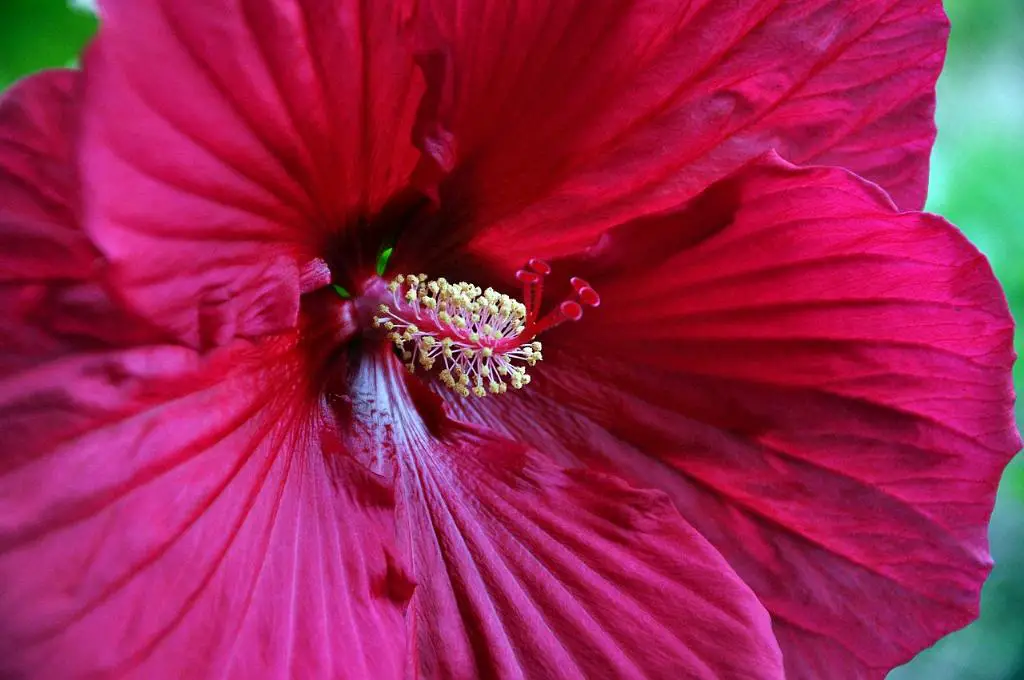Deciding when to cut back a hibiscus is a crucial task for any gardener looking to maintain the health and beauty of their plants. While the timing of pruning can vary depending on the specific type of hibiscus you have in your garden, there are some general guidelines to keep in mind.
For common hibiscus, also known as Hibiscus syriacus, rose hibiscus, or giant hibiscus, the best time for pruning is in late winter or early spring. This timeframe, typically between the beginning and middle of February, allows the plant to recover and regrow before the blooming season begins.
Pruning hibiscus at the right time is essential to promote healthy growth and flowering. By cutting back your hibiscus in late winter or early spring, you can encourage new growth and ensure that your plant blooms beautifully when the time comes.
During the pruning process, it is important to remove any dead or diseased branches to prevent the spread of infection and to improve air circulation within the plant. Additionally, cutting back overgrown branches can help shape the hibiscus and promote a more compact growth habit.
When considering when to cut back your hibiscus, it is also essential to take into account the specific climate and growing conditions in your region. In colder climates, where hibiscus may experience frost damage, pruning in late winter can help remove any damaged growth and encourage new shoots to emerge in spring.
While late winter or early spring is generally the best time to prune hibiscus, it is important to monitor the weather and temperature in your area before proceeding with pruning. Extreme cold spells or unseasonably warm weather can affect the timing of pruning and may require adjustments to the schedule.
Another factor to consider when deciding when to cut back a hibiscus is the plant’s growth cycle. By observing when your hibiscus typically blooms and how it responds to pruning, you can tailor your pruning schedule to maximize flowering and overall plant health.
Before pruning your hibiscus, make sure to have the right tools on hand, such as sharp pruning shears and gloves to protect your hands. Properly sterilizing your tools before and after pruning can help prevent the spread of diseases between plants and ensure clean cuts that promote healing.
When cutting back a hibiscus, aim to remove no more than one-third of the plant’s overall growth to avoid stressing the plant excessively. Focus on cutting back any leggy or crowded branches to improve the plant’s appearance and allow for better light penetration.
After pruning, be sure to water your hibiscus thoroughly to help it recover from the stress of pruning. Applying a balanced fertilizer can also provide the plant with essential nutrients to support new growth and flowering throughout the growing season.
Regular pruning is key to maintaining a healthy and vibrant hibiscus plant. By timing your pruning correctly and following proper techniques, you can help your hibiscus thrive and produce beautiful blooms year after year.
In conclusion, knowing when to cut back a hibiscus is essential for promoting optimal growth and flowering. By pruning in late winter or early spring, monitoring the plant’s growth cycle, and following proper pruning techniques, you can ensure that your hibiscus remains healthy and beautiful for years to come.

